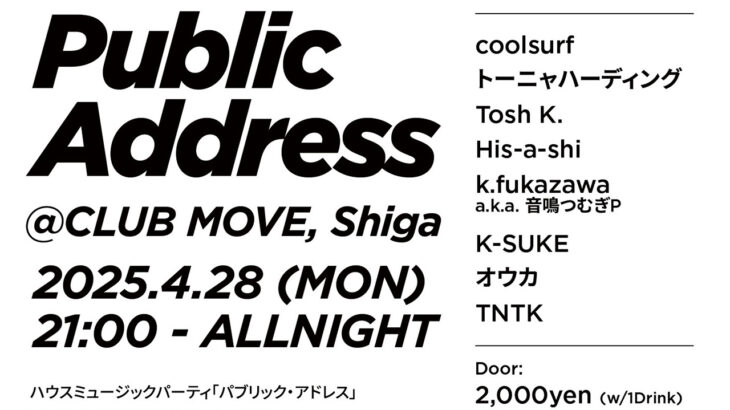Hello, and welcome to “Rehabilitation,” where we bring our passion for 90s JPOP and anime into a fresh musical journey. This time, we’re diving into a song that shaped many hearts: WANDS’ “Sekai ga Owaru Made wa…,” the unforgettable ending theme from the iconic anime Slam Dunk. This blog post aims to take you deeper into our process, the music’s essence, and what this song still means to us today.
The Power of Nostalgia and the Guitar That Started It All
As Prestige Kato mentioned in our video, the introductory guitar’s power chords are strikingly simple yet powerful, evoking a raw excitement as it builds anticipation. With each riff, we’re reminded of that era’s uniquely deep melodies and Sho Uesugi’s intense vocals, matched beautifully by Hiroshi Shibasaki’s guitar work. Even 30 years on, this song hasn’t lost any of its appeal. It’s no wonder it still captivates young listeners today; WANDS knew how to combine intensity with elegance, a skill that continues to resonate.
Sekai ga Owaru Made wa… and Slam Dunk shared a fascinating synergy. Though anime and JPOP songs often didn’t have strong thematic ties back then, these two managed to complement each other almost serendipitously. Even without a direct narrative connection, their independent impact somehow converged perfectly, creating a sense of destiny. For us, covering this song meant channeling that unexplainable “fated” quality.
Crafting Our Cover: Honoring the Original, Adding Our Own Style
Our take on this classic aimed to respect WANDS’ style while adding our own twist. In terms of arrangement, we didn’t strive for a perfect replication. Instead, I experimented with a blend of synthwave and trap influences, using this as a chance to practice sounds I’d like to incorporate in future projects. The instrumentation carries echoes of the original, yet feels fresh in its arrangement, especially during the chorus’s cliche progression and the emotive guitar solo that always gives me chills.
The guitar work itself was challenging in the best way. Shibasaki’s style isn’t about rapid scales or conventional riffs, but about the nuances—the vibrato, the bends. His guitar tone has depth, a subtle AOR and fusion influence that’s educational even today. In my own playing, I focus on avoiding repetitive phrasing, something I’ve learned from admiring Shibasaki’s style. The recording was mostly done in single takes to retain an authentic energy, though I did spend considerable time on the backing track production.
Vocally, I didn’t aim to emulate Uesugi’s voice directly but approached it with respect for his mid-range tones and emotional delivery. This vocal style added a layer of self-reflection, giving me the freedom to explore both the lyrics and my own emotions.
Slam Dunk: More Than Just an Anime
Slam Dunk brought basketball culture to Japan in an unprecedented way. Back then, sports-loving boys were typically divided into baseball or soccer enthusiasts, yet Slam Dunk shifted the narrative, sparking an interest in basketball that hadn’t existed before. For the manga and anime to have inspired so many in Japan to pick up a basketball—and for it to still attract audiences in the Reiwa era with a recent film release—shows just how timeless Takehiko Inoue’s work truly is.
This classic series transcends sports, illustrating personal growth, struggle, and the determination to pursue something with everything you have. Slam Dunk didn’t just entertain; it inspired. It’s a universal theme that reaches people worldwide, and covering this song allowed us to capture some of that spirit of resilience and passion.
Bridging Japan’s Unique 90s Vibe with a New Audience
In the early 90s, my own teenage years were steeped in admiration for the energy and romance depicted in anime and JPOP. The music, especially from artists like WANDS, had a rough but endearing quality. At the time, I was just beginning to play guitar, and the idea of creating music or phrases like those I heard seemed completely out of reach. Now, with a deeper understanding, I appreciate being able to study and adapt these elements into my own performances.
Japanese pop culture, especially anime and JPOP, had a distinctive evolution, and the period following Japan’s economic bubble fostered incredible creative expression. This explosion of talent left a lasting impact domestically and abroad, where the influence of that era remains vibrant. Many of those creations have a unique charm, blending global rhythms like New Jack Swing with traditional Japanese songcraft. Back then, major labels invested heavily in production, creating songs with rich textures and unforgettable sounds. Some may not have achieved mainstream success, but they still hold an incredible sonic quality that resonates today, especially when listened to with fresh ears.
Though the exact reasons why 90s JPOP and anime captivate international fans are complex, one thing is certain: the emotional authenticity and artistic experimentation of that time continue to inspire. Slam Dunk and WANDS captured this authenticity, and we’re honored to share our tribute to it.
Thank You for Listening
Covering “Sekai ga Owaru Made wa…” as Rehabilitation has been a journey of rediscovery and reverence for a song and a series that left an indelible mark on our youth. We hope that, whether you’re a fan revisiting this classic or a new listener discovering it for the first time, our cover can evoke a sense of nostalgia and inspire a connection with this timeless piece of JPOP history.
Thank you for joining us on this journey back to the 90s, and please continue to follow us as we explore more of what made that era unforgettable.











コメントを書く